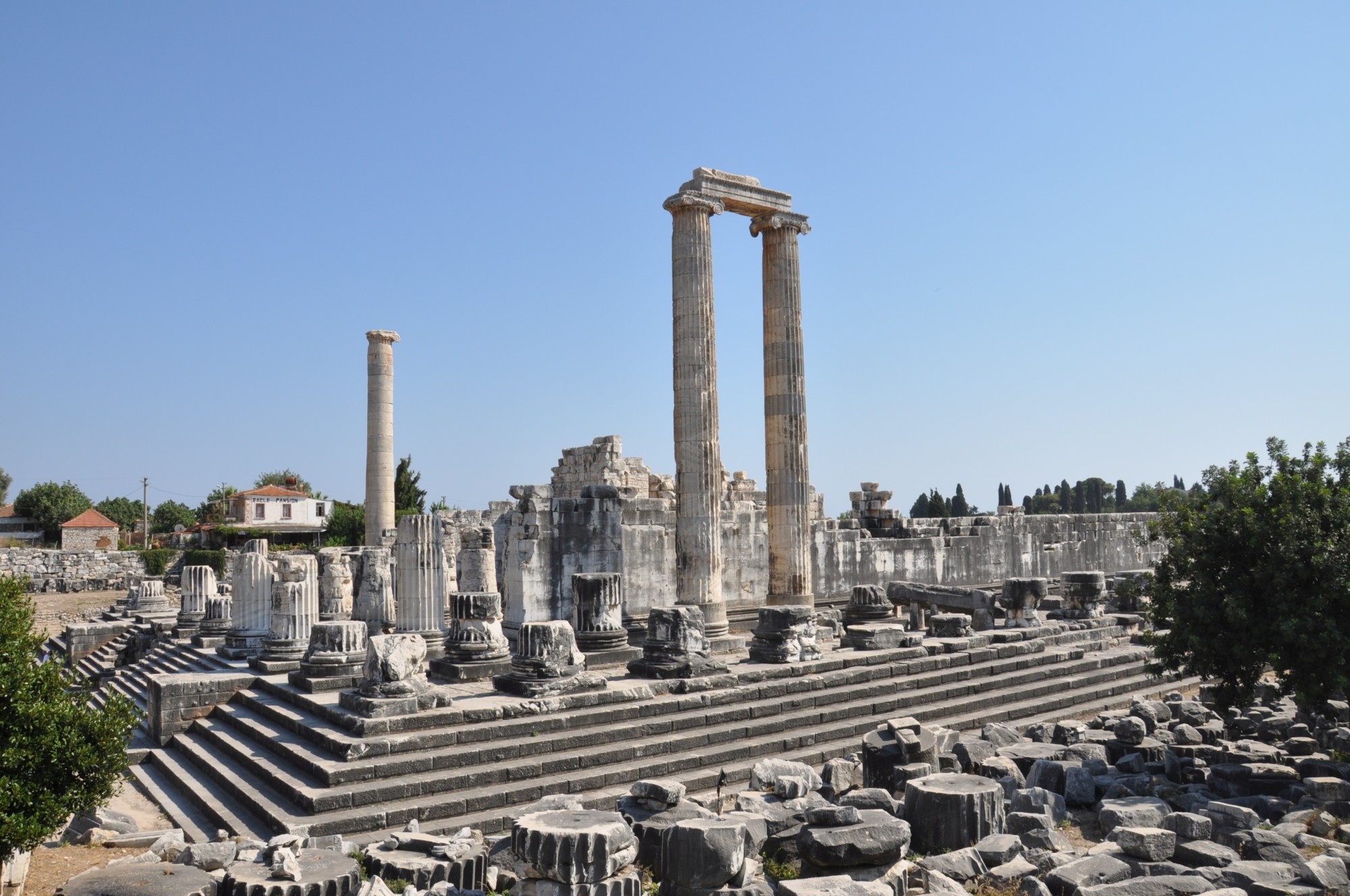- Home
- Articles
- Architectural Portfolio
- Architectral Presentation
- Inspirational Stories
- Architecture News
- Visualization
- BIM Industry
- Facade Design
- Parametric Design
- Career
- Landscape Architecture
- Construction
- Artificial Intelligence
- Sketching
- Design Softwares
- Diagrams
- Writing
- Architectural Tips
- Sustainability
- Courses
- Concept
- Technology
- History & Heritage
- Future of Architecture
- Guides & How-To
- Art & Culture
- Projects
- Interior Design
- Competitions
- Jobs
- Store
- Tools
- More
- Home
- Articles
- Architectural Portfolio
- Architectral Presentation
- Inspirational Stories
- Architecture News
- Visualization
- BIM Industry
- Facade Design
- Parametric Design
- Career
- Landscape Architecture
- Construction
- Artificial Intelligence
- Sketching
- Design Softwares
- Diagrams
- Writing
- Architectural Tips
- Sustainability
- Courses
- Concept
- Technology
- History & Heritage
- Future of Architecture
- Guides & How-To
- Art & Culture
- Projects
- Interior Design
- Competitions
- Jobs
- Store
- Tools
- More
Golden Ratio in Architecture
The Golden Ratio, also called Phi or the Divine Proportion, appears throughout nature and architecture. From the Great Pyramid of Giza and the Parthenon to Buddhist stupas and Islamic mosques, this timeless proportion has influenced harmony, balance, and beauty in architectural design.

What is Golden Ratio?
Different names have been used to define the Golden Ratio in the past and in the present. A few examples include Phi, the Golden Mean, the Divine Section, the Golden Proportion, and the Divine Proportion. Almost all of nature’s elements contain this golden ratio (1:1.618). The golden ratio can be found in nature in everything from the structure of the universe to the human body, clouds to flowers and leaves. Nearly all of the lovely things in the world around us have this ratio. This same principle of harmony continues to inspire designers today. Even in modern interior design, platforms like AweDeco explore how proportions, balance, and symmetry influence the way we experience spaces.
In nature, the golden ratio can be found repeatedly. Additionally, it has the power to balance and beautify elements. As a result, since ancient times, mankind have used the same proportion in mathematics, art, music, and building. Let’s make an effort to comprehend this proportion’s origins more thoroughly. In this article, we will talk about the assumptions and pioneering works about how the golden ratio emerged in architecture.

How the Golden Ratio Used in Architecture?
Many people have asserted that ancient monuments have proportions that closely equal 1.618 but frequently rely on conjectural interpretations and approximate measurements. For instance, assertions have been made regarding the proportions of the golden ratio in Chinese, Olmec, Egyptian, Sumerian, and Greek vases, as well as Cretan and Mycenaean artifacts from the late Bronze Age. These predate the Greek mathematicians who are the first to be known to have studied the golden ratio by about 1,000 years. The historical sources, however, are sketchy, and because the analyses make use of various methodologies, it is challenging to compare them. For instance, it’s said that Stonehenge’s concentric circles have the golden ratio’s dimensions.

Examples of Usage of Golden Ratio in Architecture
One of the oldest and best examples of the employment of the Phi is the Great Pyramid of Giza (2570 BC). The pyramid’s height divided by one of its base’s sides yields a ratio that roughly equals Phi.

Greek artists and architects were aware of or applied the golden ratio as a rule of proportion for aesthetics. The Acropolis‘ construction is said to have begun approximately 600 BC, although the pieces allegedly showing the golden ratio proportions were produced between 468 and 430 BC. Greek goddess Athena had a temple called The Parthenon. It is said that a series of golden rectangles encircle the Parthenon’s facade, as well as other parts of it and elsewhere. The golden ratio was used on the west facade of the Parthenon. According to various analyses, the Parthenon and the Acropolis of Athens have a lot of proportions that resemble the golden ratio.

Credit: List of works designed with the golden ratio – Wikipedia
The notion that the golden ratio was used in the design is contested by several more recent studies. According to Lothar Haselberger, the Didyma Temple of Apollo, which was created by Paionios of Ephesus and Daphnis of Mileto, had golden proportions.

The Chichen Itza Castle’s interior design follows the golden ratio. The golden ratio connects the exterior areas to the inside space.

Credit: Chichen Itza Ruins | Ancient buildings found at Chichen Itza
The golden ratio was also used on Great Mosque of Kairouan in Tunisia. The plan, prayer area, court, and minaret of the Great Mosque of Kairouan are all said to have been created using the golden ratio.

Credit: Kairouan (sacredsites.com)
Buddhist architecture had used golden ratio. According to Pile, the ratio between the diameter of the greatest circular terrace and the square base of the largest Buddhist stupa in the world is 1.618:1 at Borobudur Template in Java, Indonesia.

Credit: Borobudur travel – Lonely Planet | Indonesia, Asia

Credit: Borobudur & Dieng Plateau Private Day Trip from Yogyakarta (civitatis.com)
- aesthetic designs using golden ratio
- Aesthetic Harmony
- Aesthetic proportions in building
- Architectural Elements
- Architectural Harmony
- architectural proportions golden ratio
- architecture
- architecture golden ratio designs
- aweDeco golden ratio
- Borobudur stupa golden ratio
- Chichen Itza golden ratio
- Classical Architecture
- Design Principles
- Didyma Temple golden ratio
- Golden Ratio
- golden ratio history
- golden ratio in interior design
- golden ratio nature architecture
- Great Mosque of Kairouan golden ratio
- Great Pyramid golden ratio
- harmony in architecture
- symmetry in architectural design
- Visual Balance
Submit your architectural projects
Follow these steps for submission your project. Submission FormLatest Posts
Dependable Service for Everyday Appliance Problems
When a washer stalls mid-cycle or a fridge warms up, you need...
8 Essential Web-Based Mapping Tools for Modeling Sea Level Rise and Flood Impacts
As climate change accelerates, flood risk and sea level rise have become...
How Sydney’s Architecture Responds to Climate, Light, and Lifestyle
Sydney’s architecture has never been driven by form alone. It evolves through...
Shipping Containers as Functional Infrastructure on Construction Sites
Construction sites are temporary by definition, yet the systems that support them...












Leave a comment